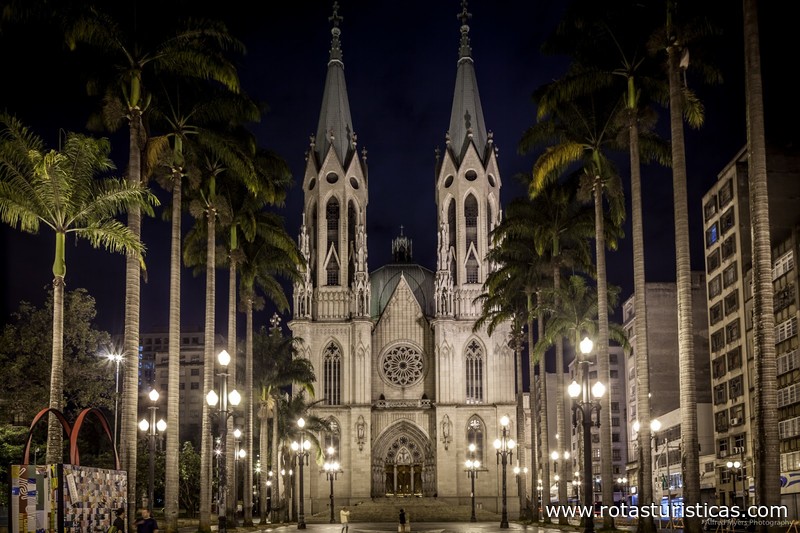São Paulo, São Paulo, Brazil
Suggest Place to Visit
4013
Track to location with GPS |
 |
São Paulo Metropolitan Cathedral or Se Cathedral is located on Sé Square, in São Paulo city center. It is one of the five largest neo-Gothic temples in the world. The cathedral is the main temple of the parish of Our Lady Assumption and St. Paul, created on August 10, 1591.
The history of St. Paul's Cathedral begins in 1589, when it was decided that a main church (Matriz) would be built in the small village of Sao Paulo de Piratininga. This church, located on the site of the present cathedral, was completed around 1616.
St. Paul became the headquarters of the diocese in 1745, and from that date the old church was demolished and replaced by a new one, built in Baroque style, completed around 1764. This modest church would be St. Paul's Cathedral until 1911, when it was demolished.
The present cathedral was built on the initiative of Archbishop Duarte Leopoldo e Silva, first archbishop of São Paulo. Work began in 1913 on the site of the demolished colonial cathedral. The responsible architect was the German Maximilian Emil Hehl, who designed a huge church in eclectic style, because it has several elements of distinct styles, such as the dome and the pointed arch, but which clearly predominates the neo-Gothic, inspired by the great medieval European cathedrals.
Facade of the cathedral.
All the mosaics, sculptures and furniture that make up the church were brought by ship from Italy. However, due to world wars, it was very difficult to complete the work.
Thus, the inauguration of the new cathedral took place only in 1954, with the towers still unfinished, but in time for the celebration of the fourth centenary of São Paulo, on 25 January. The towers were completed only in 1967. The works were initially performed by Alexandre Albuquerque, and, from 1940, by Luís Inácio de Anhaia Melo.
After a long period of deterioration, the cathedral was completely renovated between 2000 and 2002. In order to repair the building, many spiers on the nave and towers were completed. The original plans, dating from 1912, were found within the building itself, allowing a faithful restoration of the original design.
The restoration included stained glass repairs, revitalization of the bells, maintenance of the hydraulic and electrical networks, resolution of problems that threatened the structure - such as cracks and seepage - and washing and painting of the building. Restored, the cathedral has gained 14 new turrets, envisioned in Maximilian Emil Hehl's original 1912 project.
In 2002, reopened the doors after works that consumed $ 19.5 million.
The cathedral is the largest church in São Paulo, 111 meters long, 46 wide, two 92 meter high towers and a huge dome. It has capacity to house 8,000 people. In the finishing 800 tons of marble were used. Her measurements make her one of the largest churches in Brazil and in the world.
Architecturally, the church is shaped like a Latin cross with five naves and a domed transept over the cruise. The façade, which has a main portal and a large rosette, is flanked by two tall towers. The chosen style was the neo-Gothic, then in vogue in Brazil, but the dome is inspired by Renaissance structures such as the famous cathedral dome of Florence.
The cathedral organ was built in Milan by the Italian firm Balbiani & Rossi in 1954. It opened on November 25, 1954, on "Thanksgiving" donated by the Antarctic company (today AmBev). It was restored in (1996-1997) under the patronage of Banco Real. The instrument has two bodies and a "console" (keyboard table), placed behind the columns surrounding the altar, with five keyboards (each with 61 keys) and a pedal stand. It has about 12,000 sound tubes and 124 records, 112 of which are actual records. Each keyboard has five fixed sound combinations and six manually adjustable combinations. As for the phonics, the organist has a sound complex of peculiar tones. It is the largest pipe organ in Brazil and Latin America.
The crypt is located under the main altar and is a vast hall supported by several columns and arches of Gothic profile. In it are buried bishops and archbishops of São Paulo and several important characters in the history of Brazil. Among these are the Tibiriçá Indian and Chief Guaianás, who played an important role in the founding of São Paulo. Another distinguished character buried in the crypt is Regente Feijó, ruler of Brazil during the Regency Period. Part of the remains of the priest Bartolomeu Lourenço de Gusmão, a Brazilian who was given the first invention patent in 1707, is also found.
Comments
We don´t have yet any comments about:
Metropolitan Cathedral of Sao Paulo
Metropolitan Cathedral of Sao Paulo
Be the first to leave a comment as it is very important to inform other people
Outros locais a visitar
Within a radius of 20 km from:Metropolitan Cathedral of Sao Paulo
Museu Tribunal de Justiça de São Paulo |
| 0,0 Km |
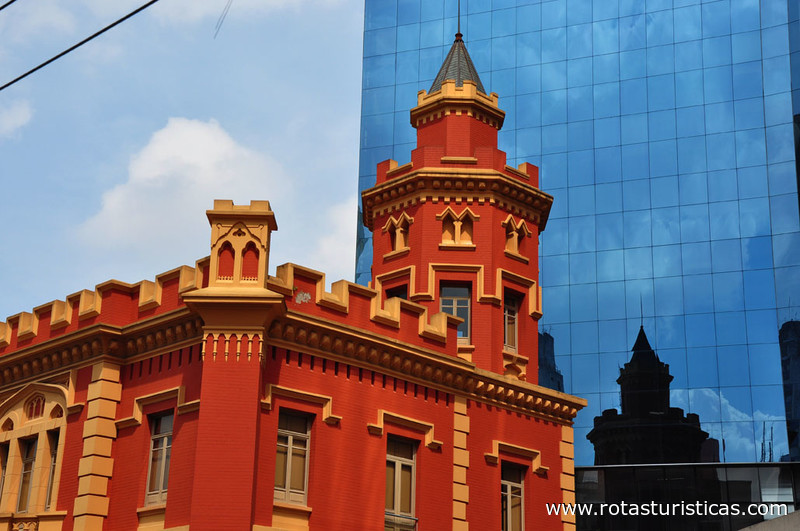 |
São Paulo - Informação Geral |
| 0,1 Km |
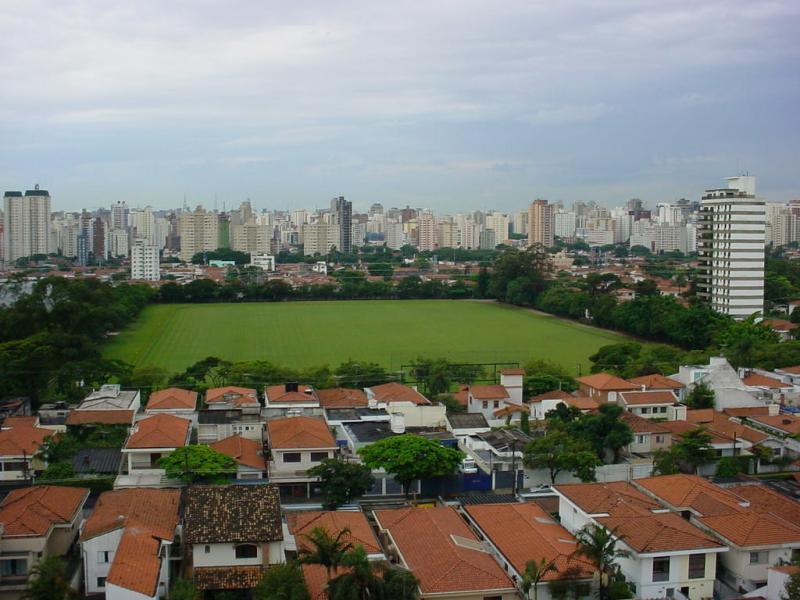 |
Caixa Cultural - São Paulo |
| 0,3 Km |
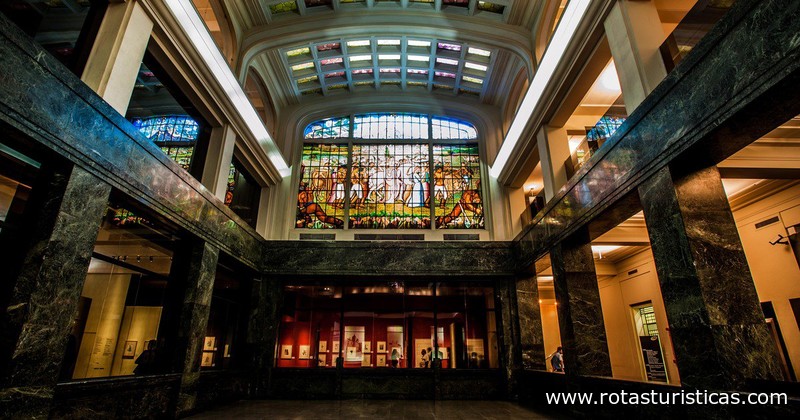 |
Solar da Marquesa de Santos |
| 0,4 Km |
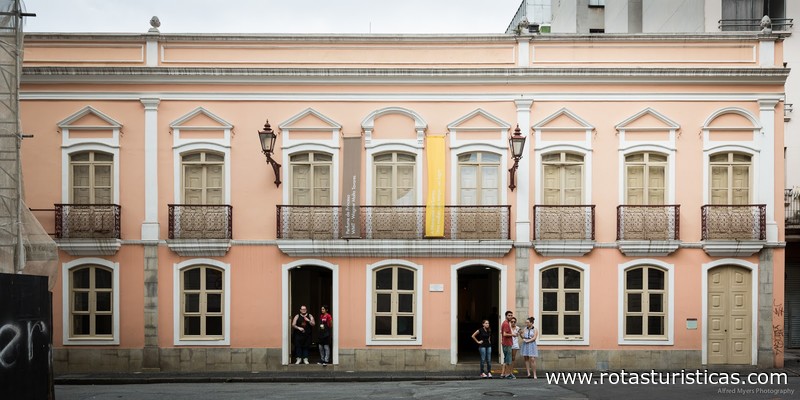 |
Museu Anchieta |
| 0,4 Km |
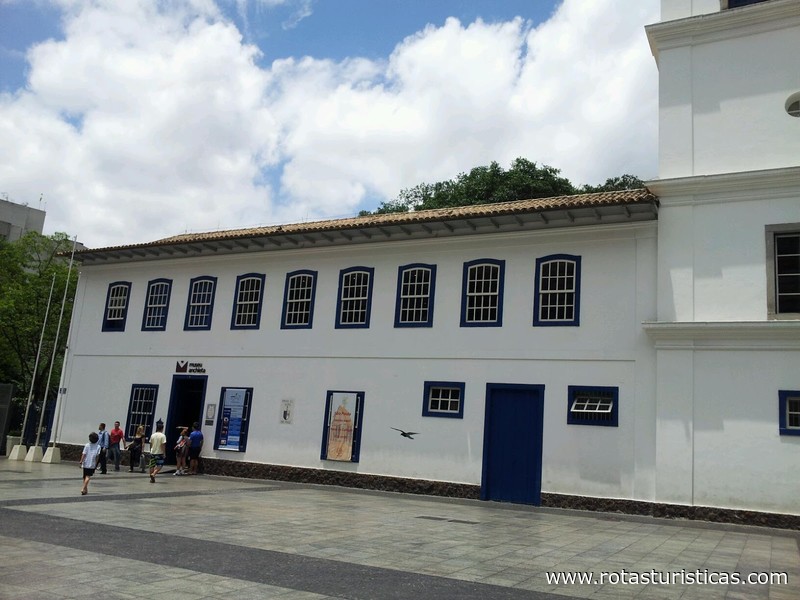 |
Pateo do Collegio |
| 0,4 Km |
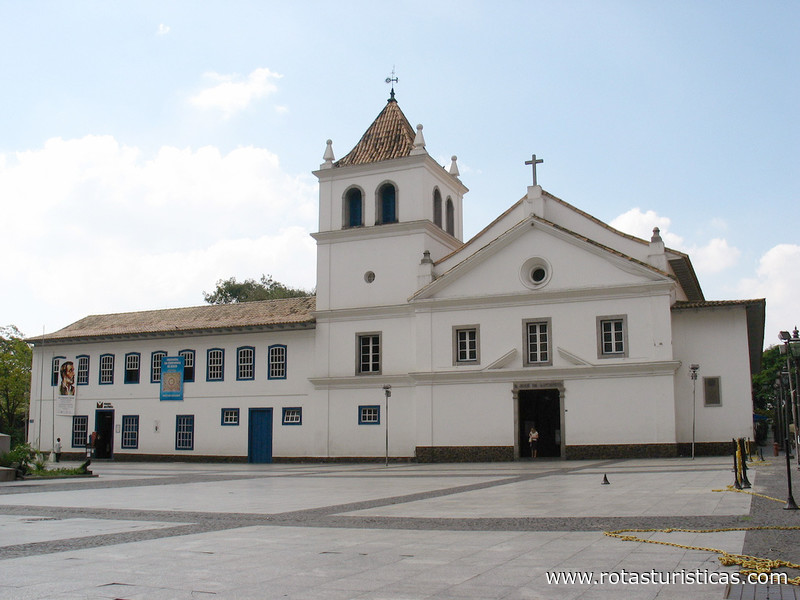 |
Cidade de São Paulo (Brasil) |
| 0,4 Km |
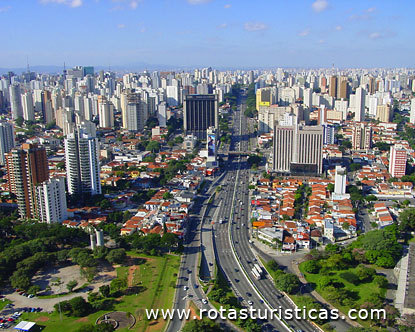 |
Museu do Theatro Municipal |
| 0,6 Km |
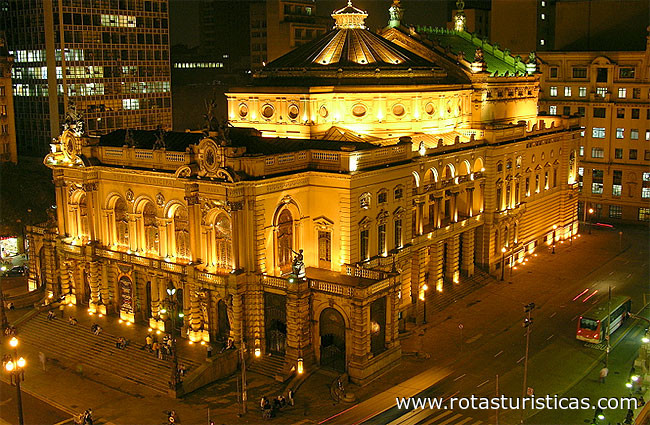 |
Casa de Dona Yayá |
| 0,9 Km |
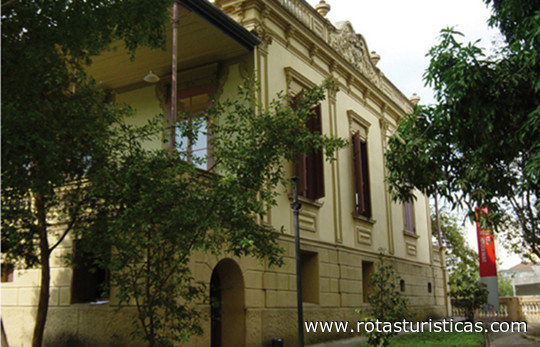 |
Mis-museu da Imagem e do Som |
| 1,1 Km |
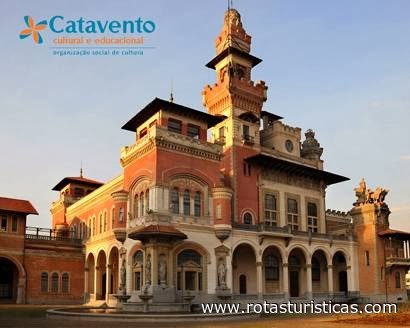 |
Catavento Cultural e Educacional |
| 1,1 Km |
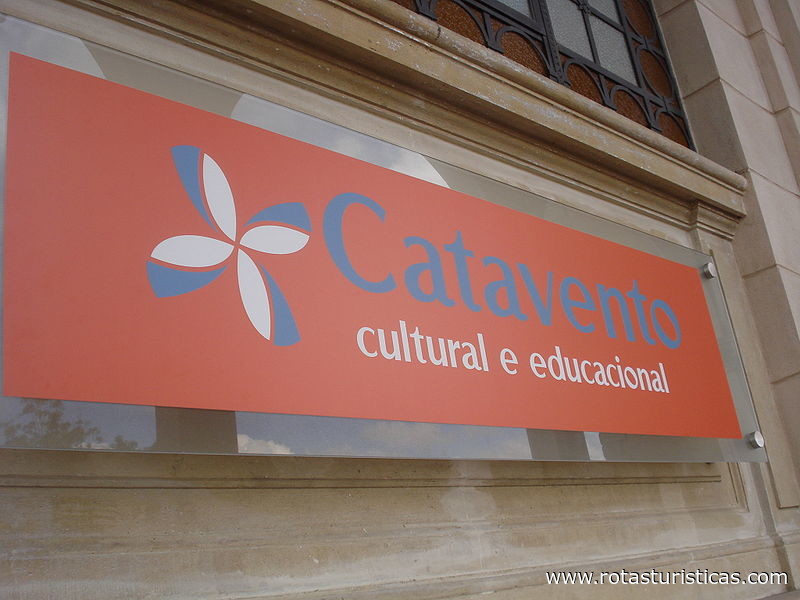 |
Museu da Imigração Japonesa |
| 1,1 Km |
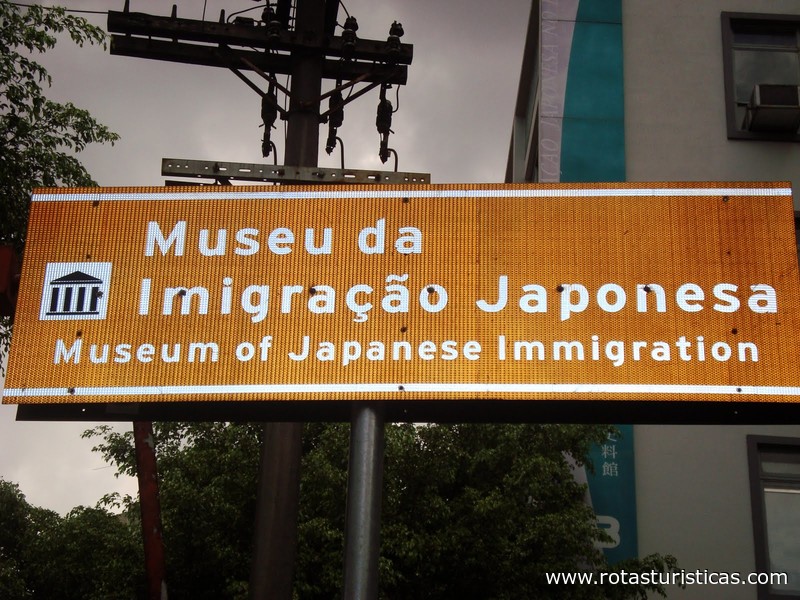 |
Fundação José e Paulina Nemirovsky |
| 1,8 Km |
 |
Museu da Lingua Portuguesa |
| 1,8 Km |
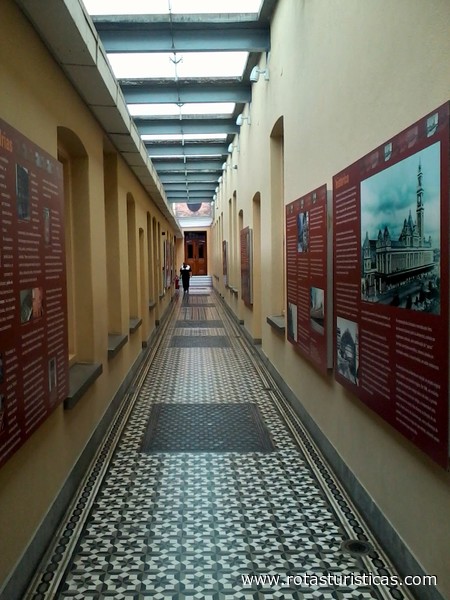 |
Pinacoteca do Estado de São Paulo |
| 1,9 Km |
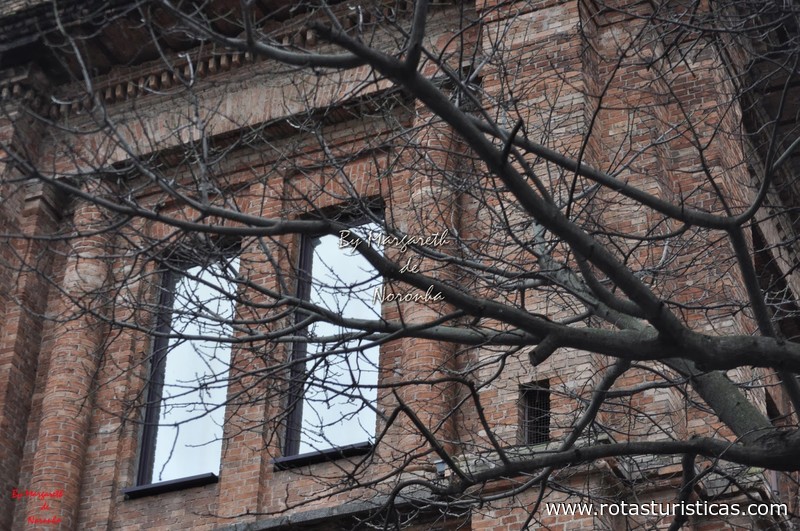 |
Jardim da Luz |
| 2,0 Km |
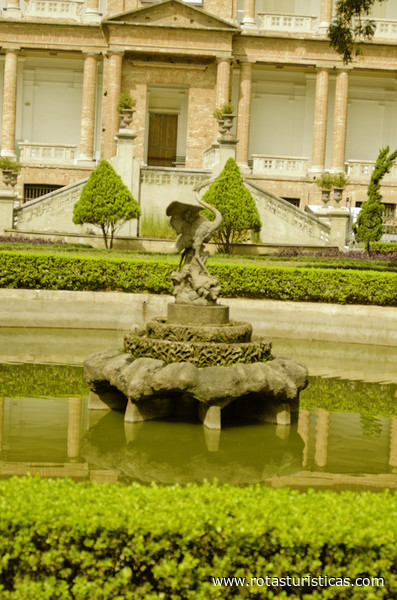 |
Museu da Imigração |
| 2,2 Km |
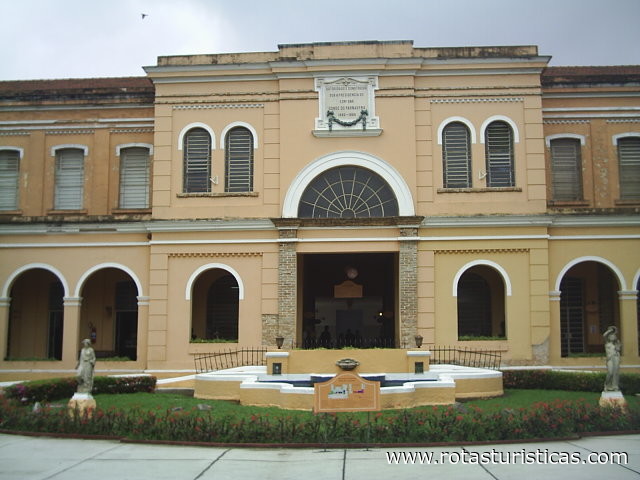 |
Instituto Itaú Cultural |
| 2,4 Km |
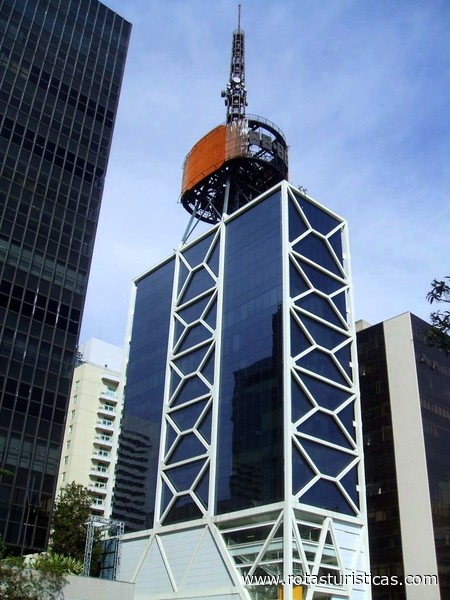 |
Museu de Arte de São Paulo Assis Chateaubriand |
| 2,5 Km |
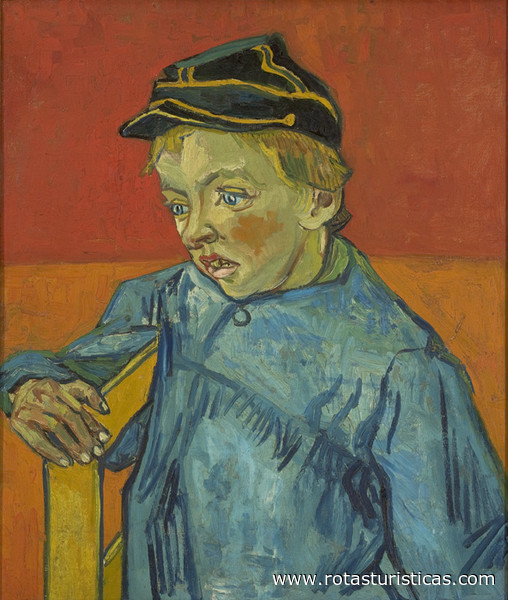 |
Museu da Energia de São Paulo |
| 2,5 Km |
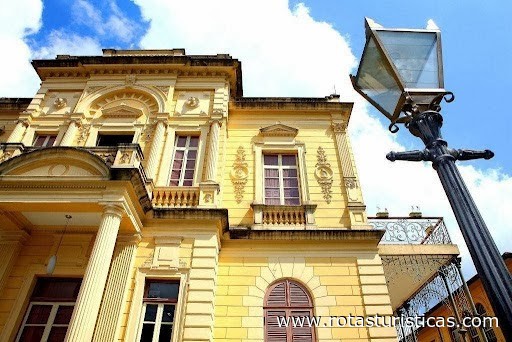 |
Catedral Metropolitana Ortodoxa |
| 2,8 Km |
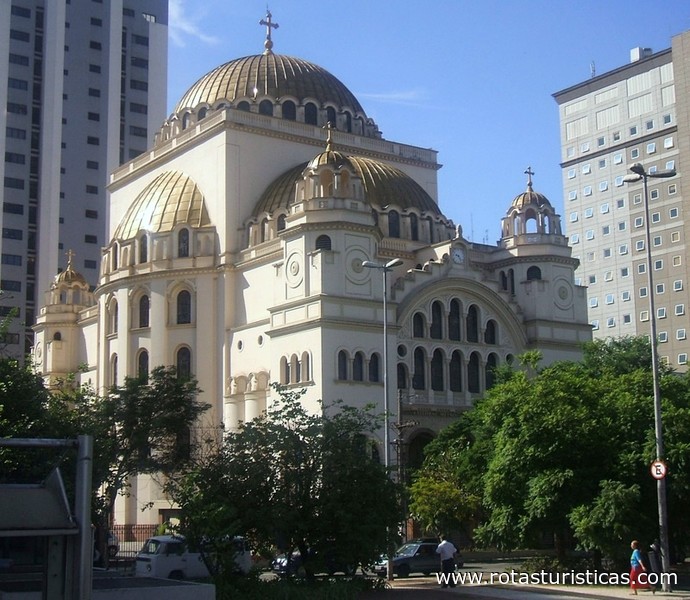 |
Museu Dos Transportes Gaetano Ferolla |
| 3,1 Km |
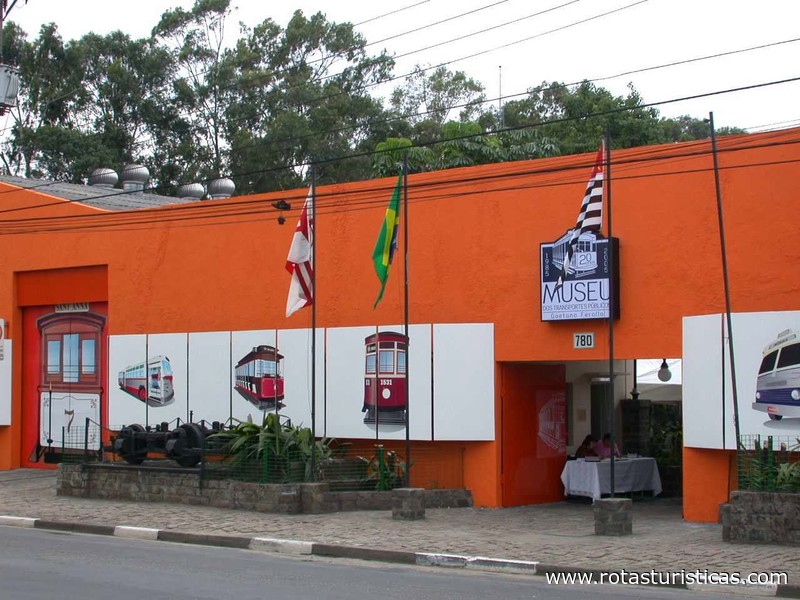 |
Museu de Zoologia |
| 3,8 Km |
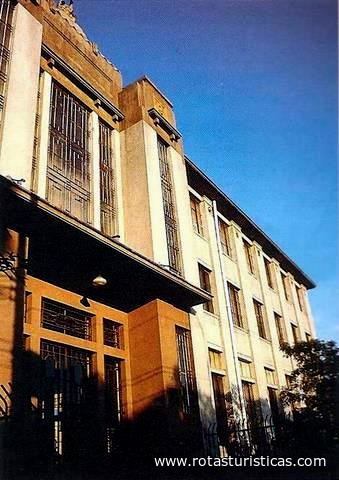 |
Memorial da América Latina |
| 4,1 Km |
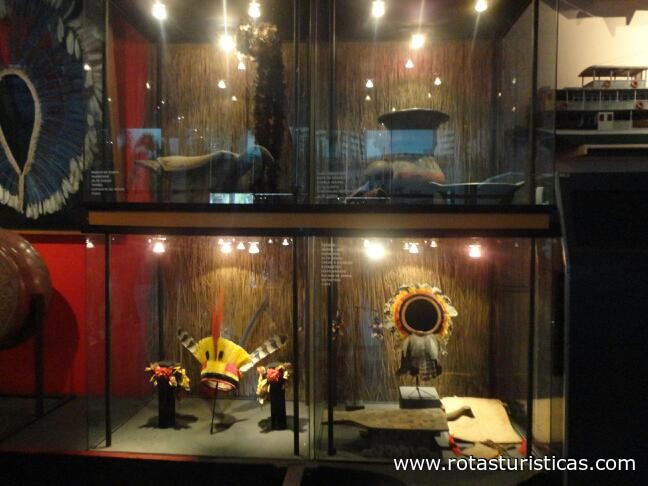 |
Instituto Arte Contemporânea |
| 4,3 Km |
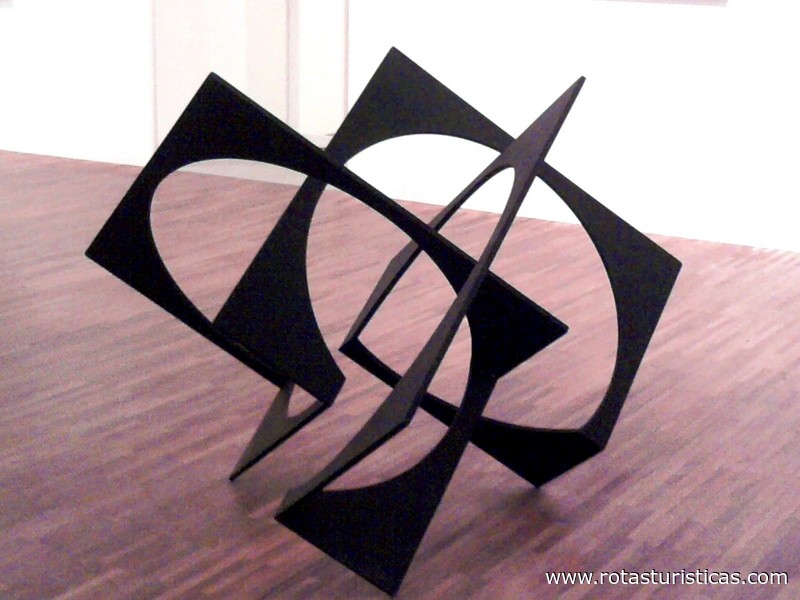 |
Centro de Cultura Judaica |
| 4,5 Km |
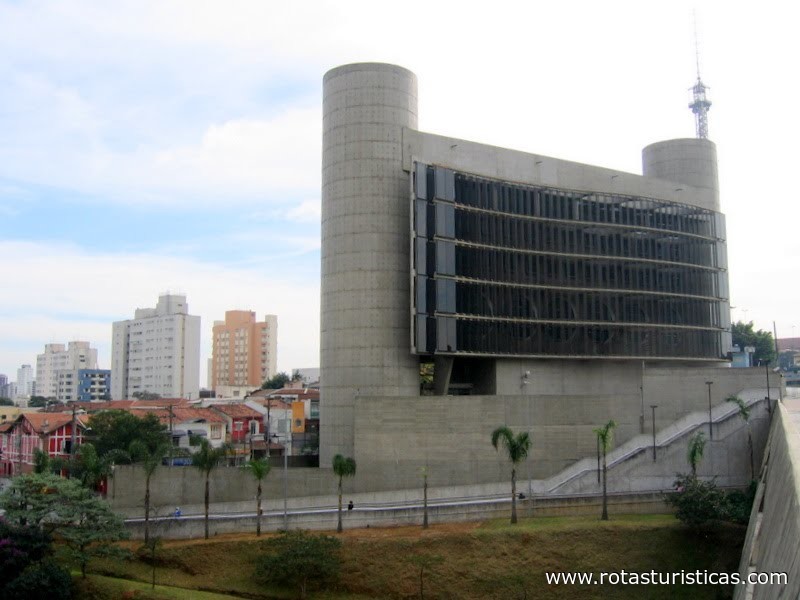 |
Fundação Bienal de São Paulo |
| 4,5 Km |
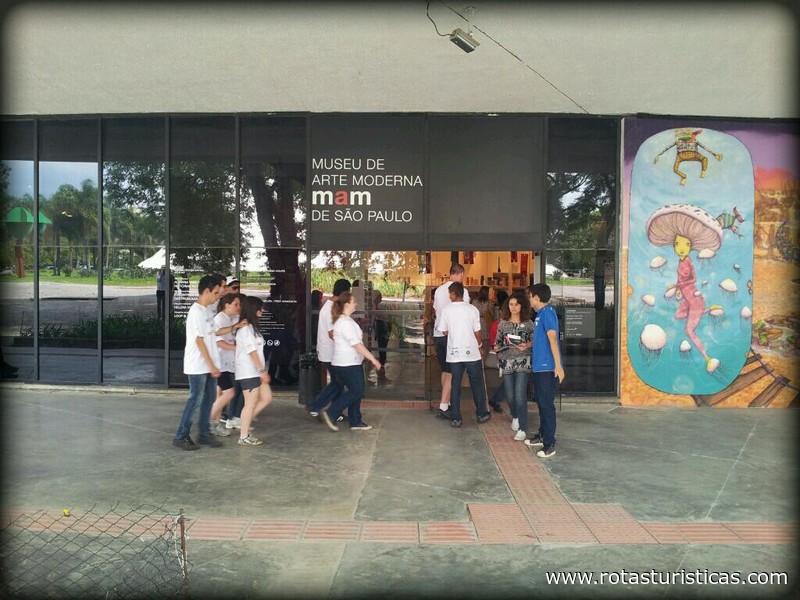 |
Museu de Arte Moderna de São Paulo |
| 4,6 Km |
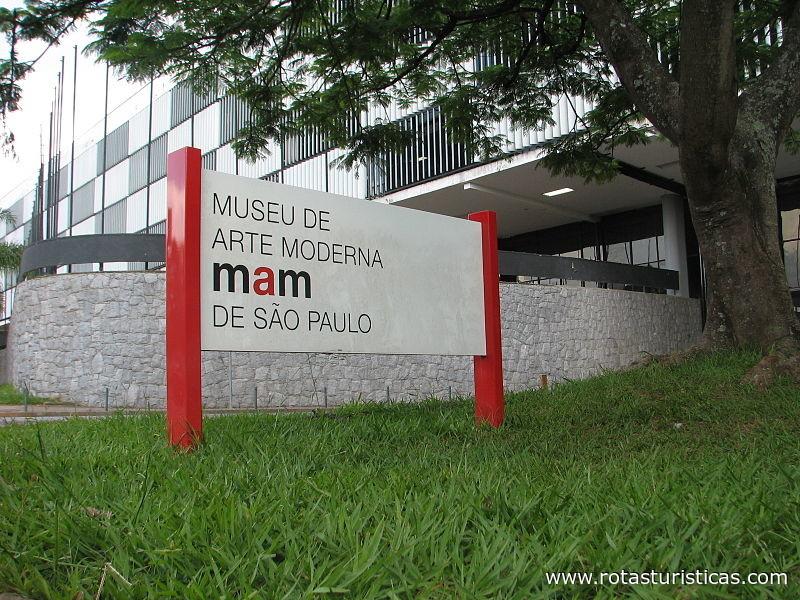 |
Associação Museu de Arte Mágica Ilusionismo João p Santos |
| 4,8 Km |
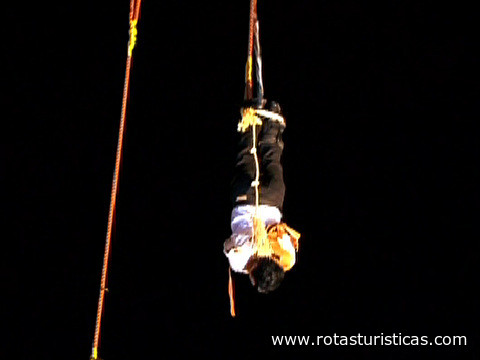 |
Lasar Segall |
| 4,8 Km |
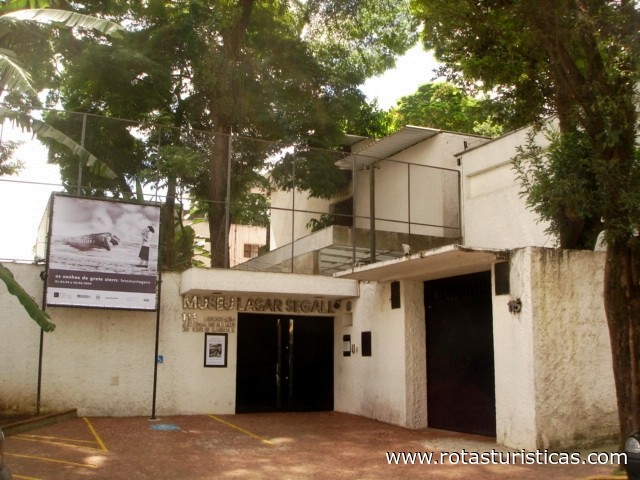 |
Mube - Museu Brasileiro da Escultura |
| 4,9 Km |
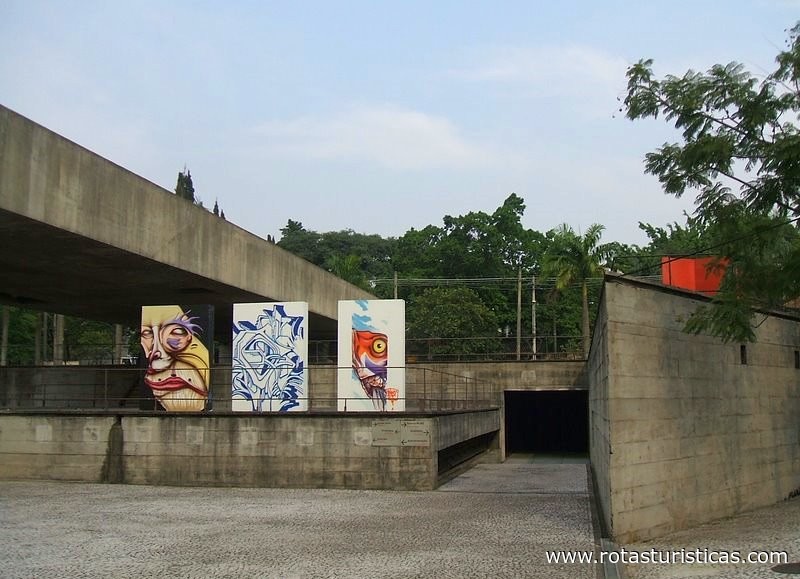 |
Casa Modernista |
| 5,1 Km |
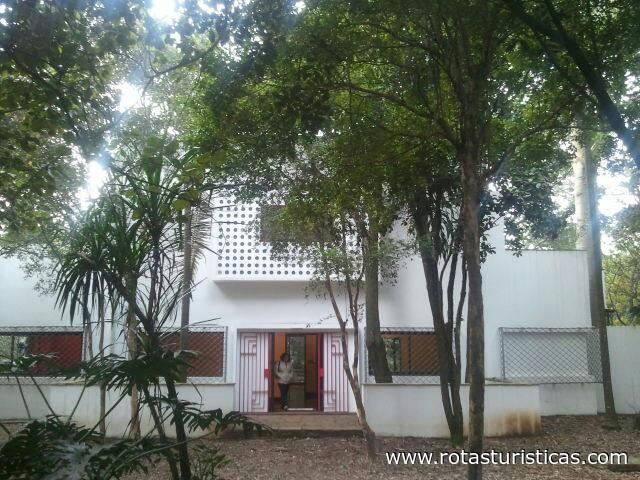 |
Espaço Cultural Casa do Tatuape |
| 5,6 Km |
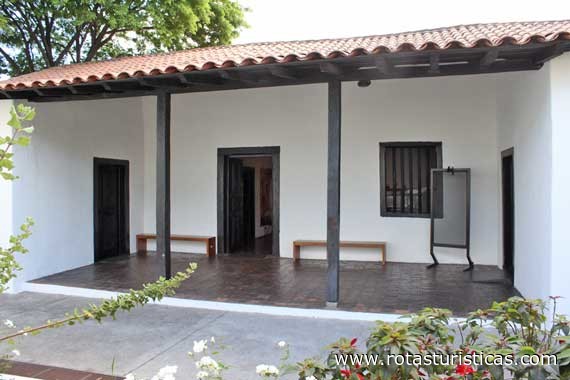 |
Museu da Casa Brasileira |
| 6,1 Km |
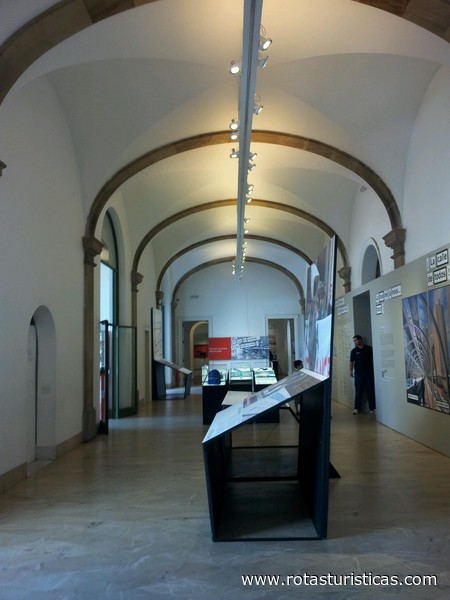 |
Oscar Cruz Galeria |
| 6,2 Km |
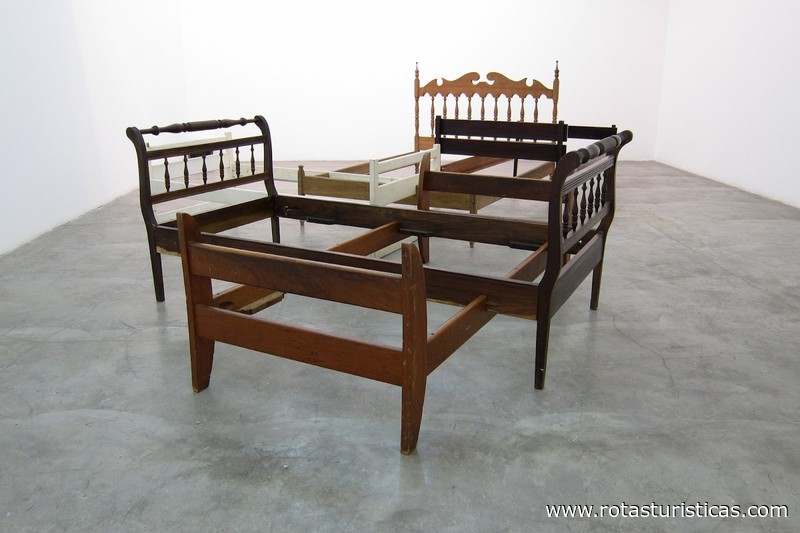 |
Instituto Tomie Ohtake |
| 6,2 Km |
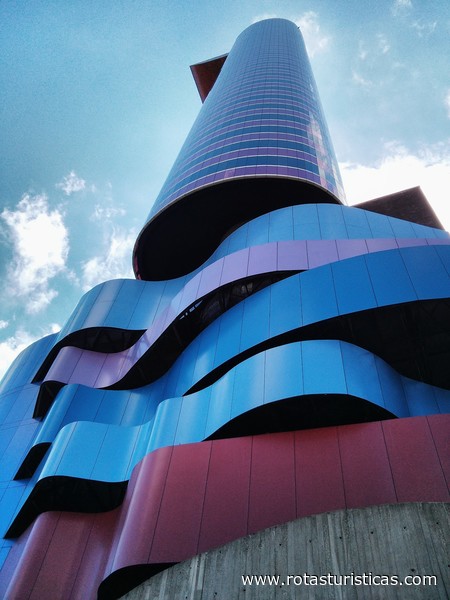 |
Casa do Bandeirante |
| 7,7 Km |
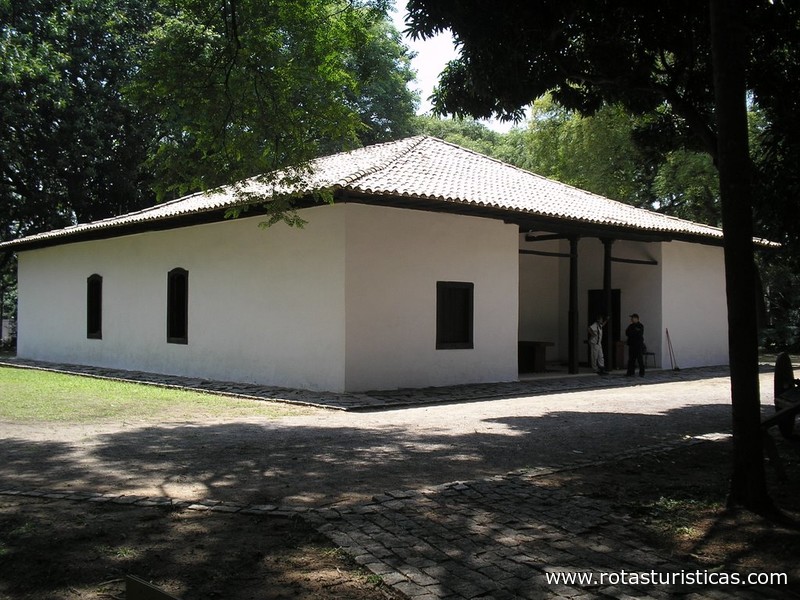 |
Fundação Maria Luiza e Oscar Americano |
| 9,5 Km |
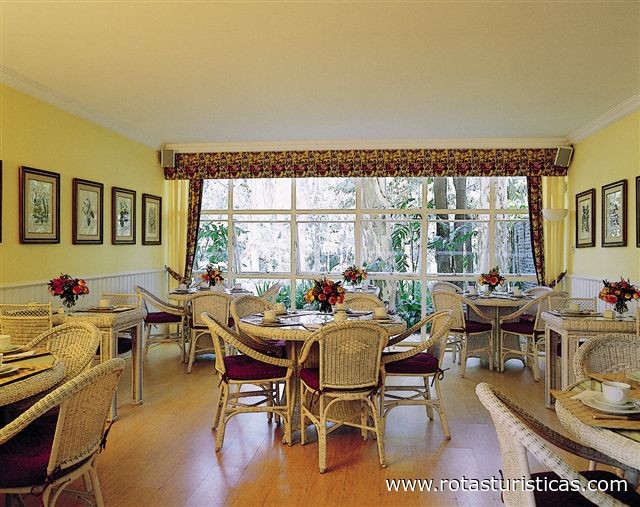 |
Museu de Geociências - Usp |
| 9,7 Km |
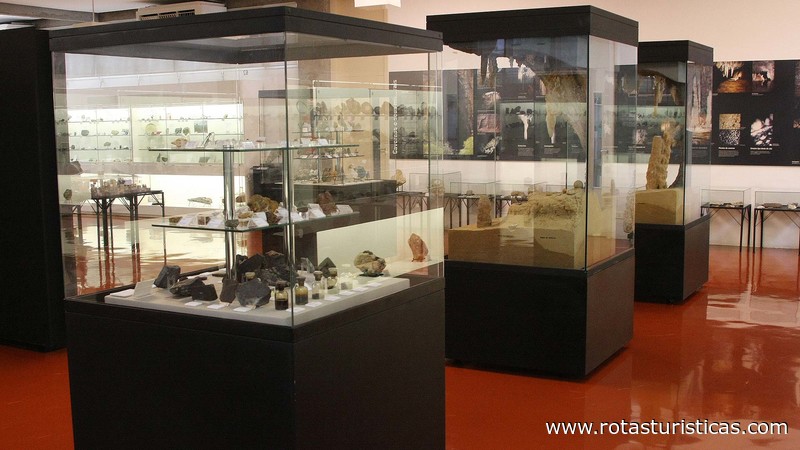 |
Museu Oceanográfico |
| 10,0 Km |
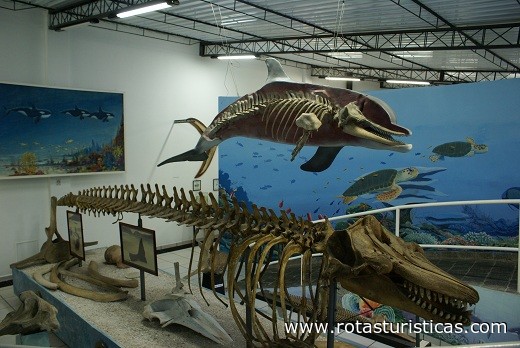 |
Museu de Arqueologia e Etnologia |
| 10,9 Km |
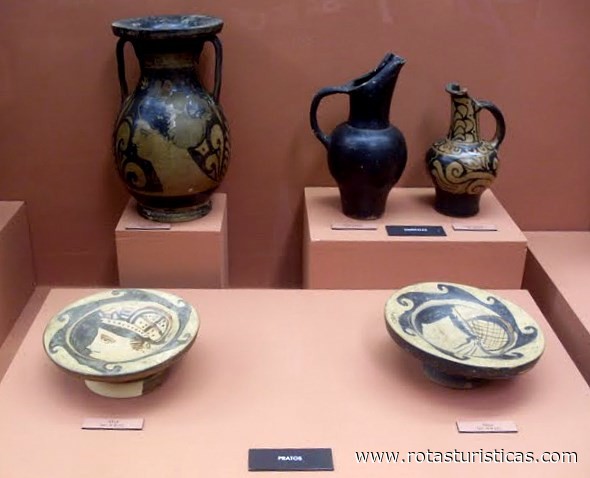 |
Associação Museu Memória do Jaçanã |
| 10,9 Km |
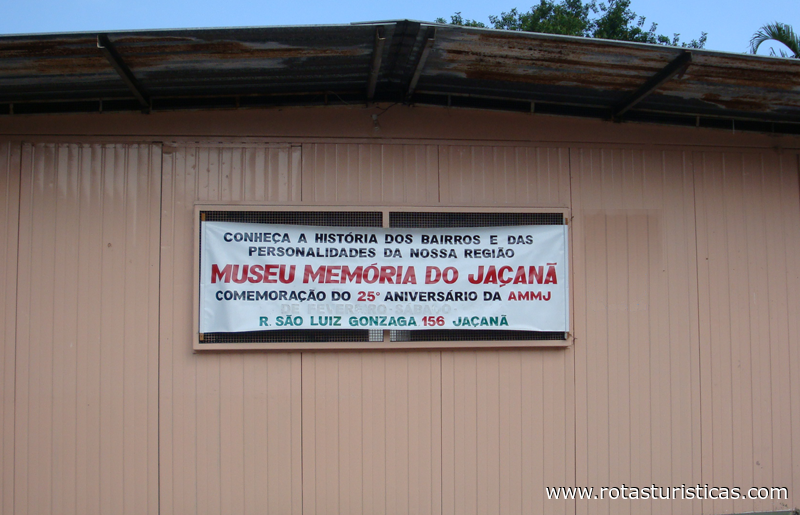 |
Museu Santo André |
| 16,7 Km |
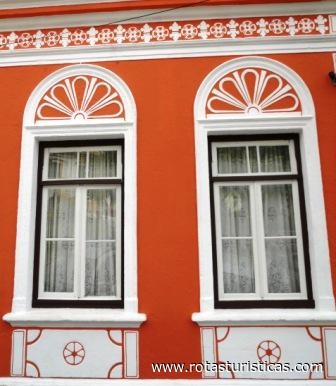 |
Hotel reservation near Metropolitan Cathedral of Sao Paulo within a radius of 20 km
Why to book with CLUBE TRAVEL
The best prices
Our partnerships with the world´s largest operators offer research on the best market prices.
More options
At Rotas Turisticos you can book the hotel, buy the air ticket, book the transfer from the airport to the hotel and vice versa, book the local excursions, rent the car, take travel insurance and consult the places to visit and where to go.
Holiday Tips & Destinations
Hundreds of holiday destinations with all the options that allow you to easily choose the destination that best suits your dream vacation.
CLUBE TRAVEL
Links


